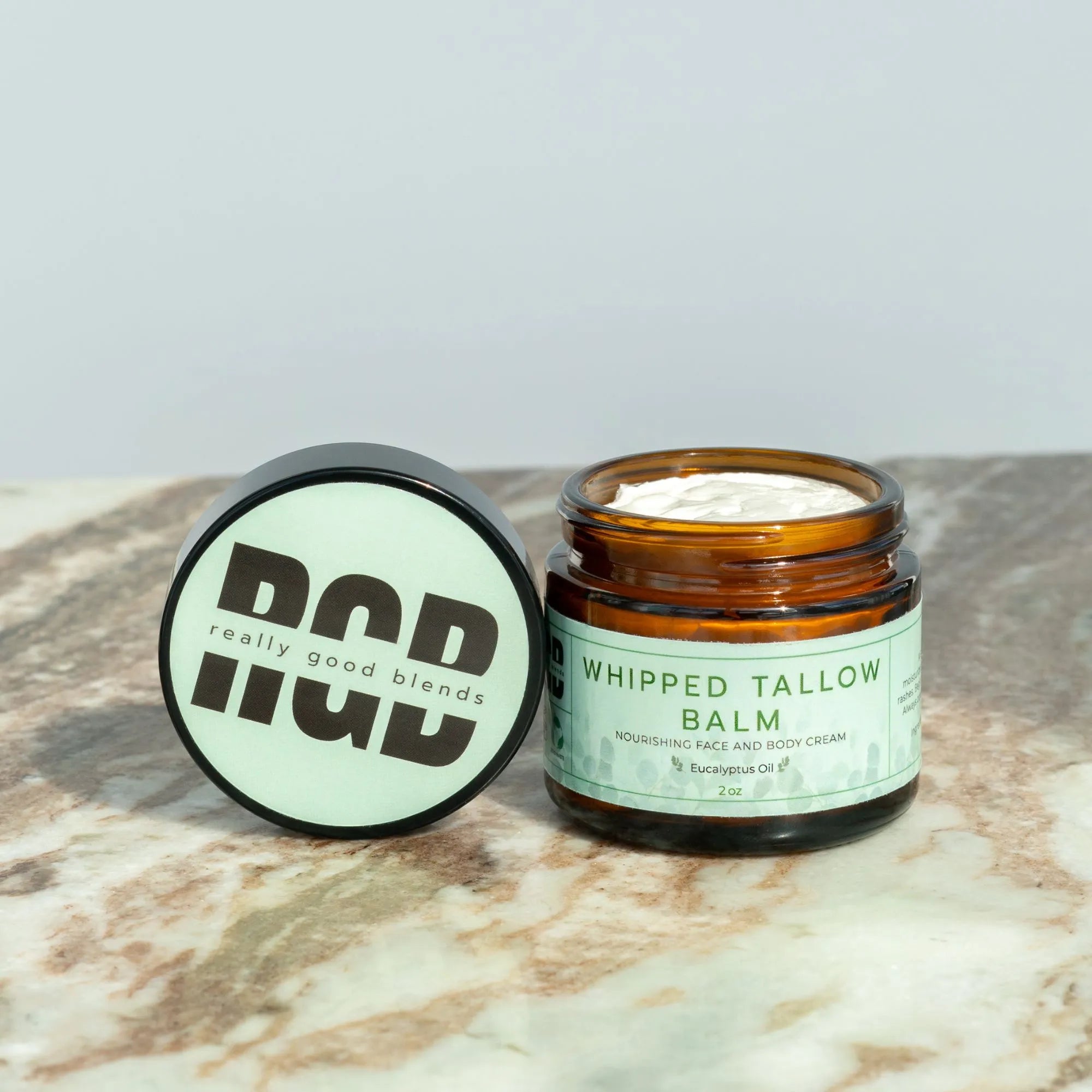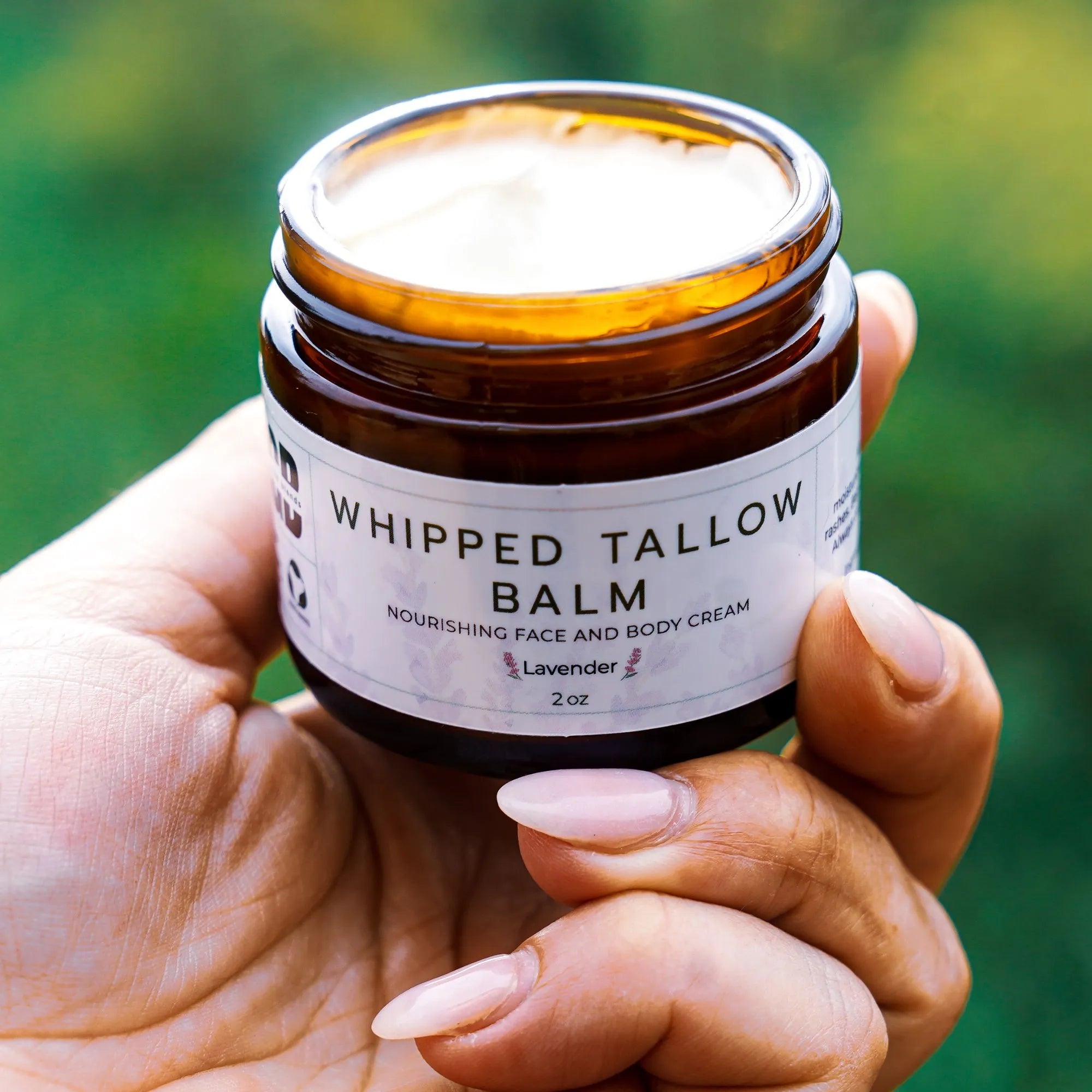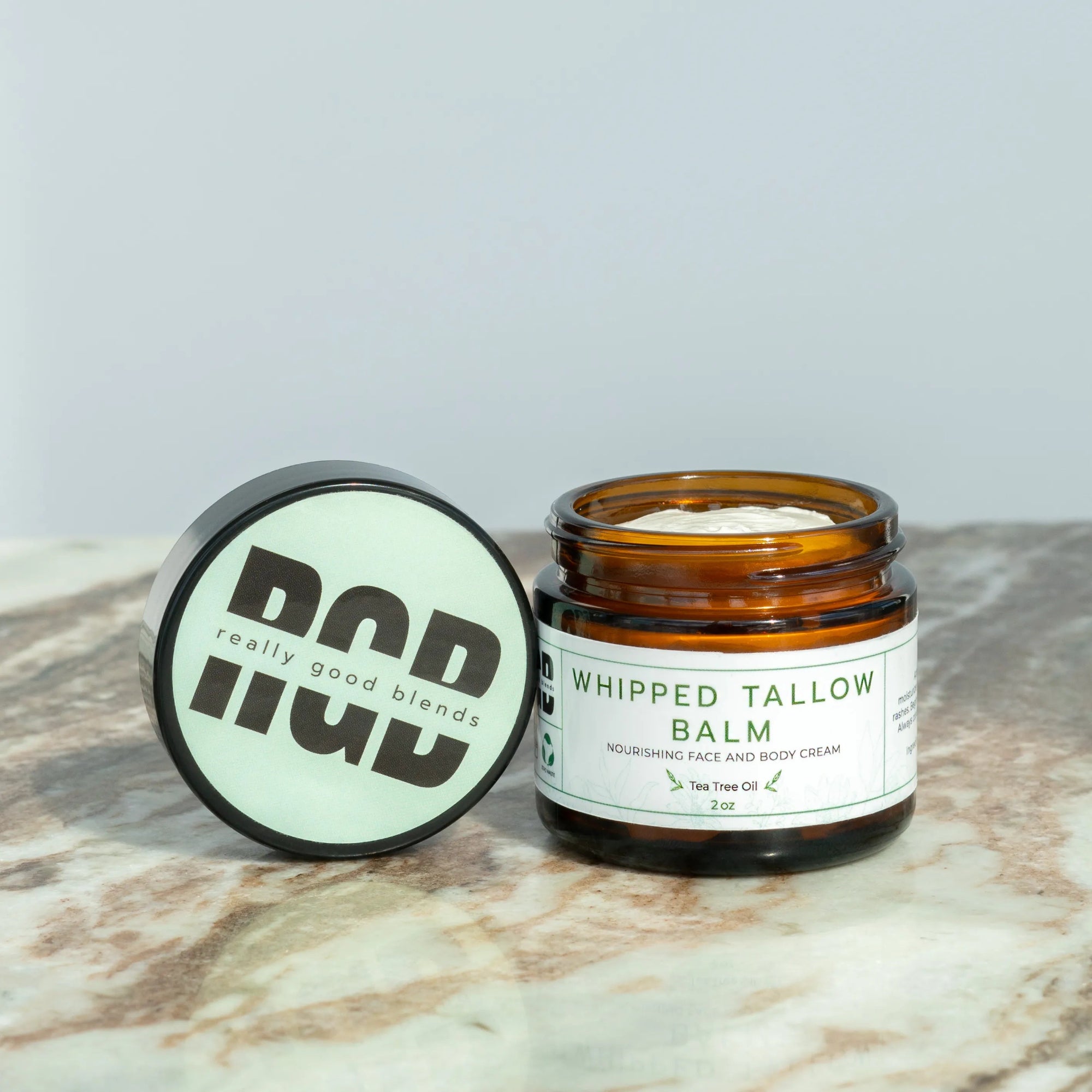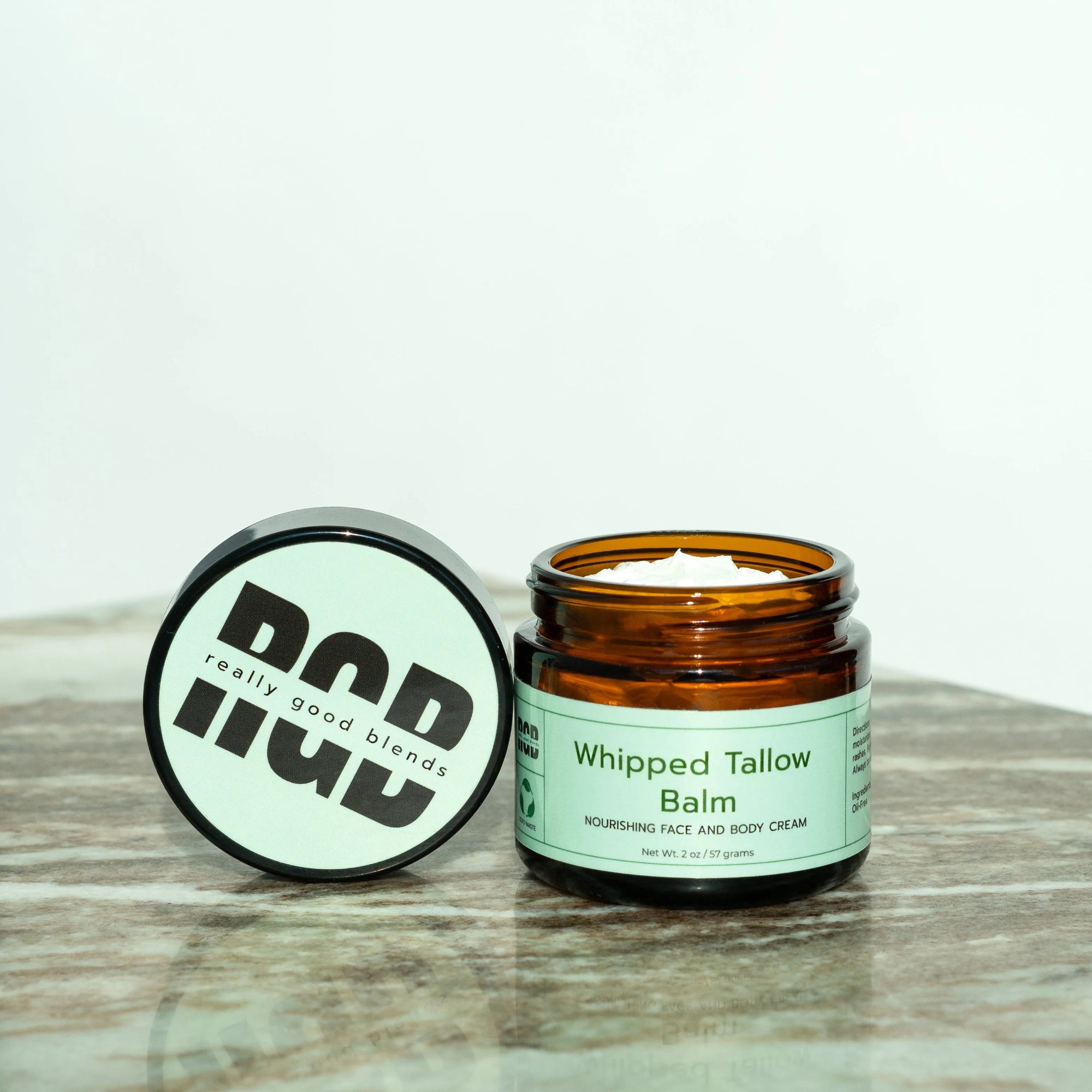In recent years, there has been a growing interest in natural skincare products, with many consumers seeking alternatives to synthetic ingredients. Tallow, rendered animal fat, has emerged as a popular ingredient in skincare products due to its moisturizing properties and purported benefits for the skin. However, questions have been raised about the environmental impact of tallow skincare and whether it can truly be considered sustainable. In this blog post, we'll explore the environmental implications of tallow skincare and delve into the factors that determine its sustainability.
The Origins of Tallow Skincare: Tallow has been used for centuries as a skincare remedy, prized for its moisturizing and nourishing properties. Traditionally, tallow was derived from animals raised for food production, such as cows or sheep. The fat would be rendered and then used in various skincare products, including soaps, balms, and moisturizers.
While tallow skincare may have historical roots, the modern beauty industry has seen a resurgence of interest in this natural ingredient. Proponents of tallow skincare tout its effectiveness at hydrating and rejuvenating the skin, leading to its inclusion in a wide range of skincare products.
Environmental Concerns: Despite its popularity in skincare, tallow has come under scrutiny for its environmental impact. One of the primary concerns is the ethical implications of using animal-derived ingredients in skincare products. Critics argue that the production of tallow contributes to animal exploitation and environmental degradation, particularly in industrial farming operations.
Additionally, the rendering process used to extract tallow from animal fat can have environmental consequences, including air and water pollution. Rendering facilities may release pollutants such as methane and ammonia into the environment, leading to concerns about air and water quality in surrounding communities.
Sustainability Considerations: When evaluating the sustainability of tallow skincare, it's essential to consider various factors, including the sourcing of the tallow and the production methods used. Sustainable tallow skincare products may use tallow sourced from animals raised on pasture-based farms, where animal welfare and environmental stewardship are prioritized.
Furthermore, some skincare brands may employ environmentally friendly rendering processes that minimize waste and reduce pollution. Additionally, sustainable skincare brands may offset their environmental impact through initiatives such as carbon offset programs or investments in renewable energy.
The environmental impact of tallow skincare is a complex issue that requires careful consideration of various factors. While tallow skincare products may offer benefits for the skin, it's essential to assess their environmental footprint and ensure that they align with principles of sustainability and ethical sourcing.
If you're interested in exploring sustainable skincare options, we invite you to explore our range of products made with responsibly sourced ingredients. Subscribe to our newsletter for more informative content on skincare and environmental sustainability, and don't forget to leave a comment below sharing your thoughts and experiences with tallow skincare and its environmental impact.





